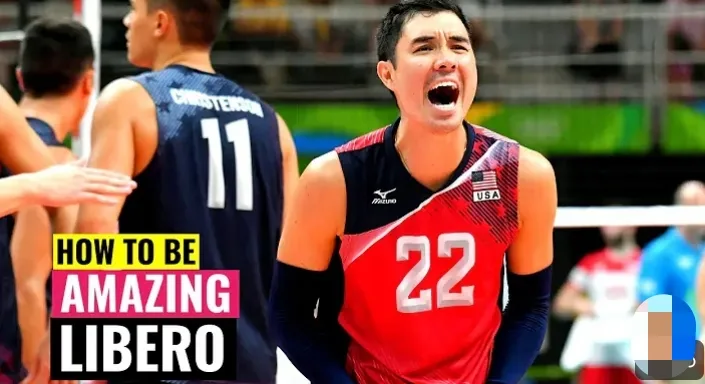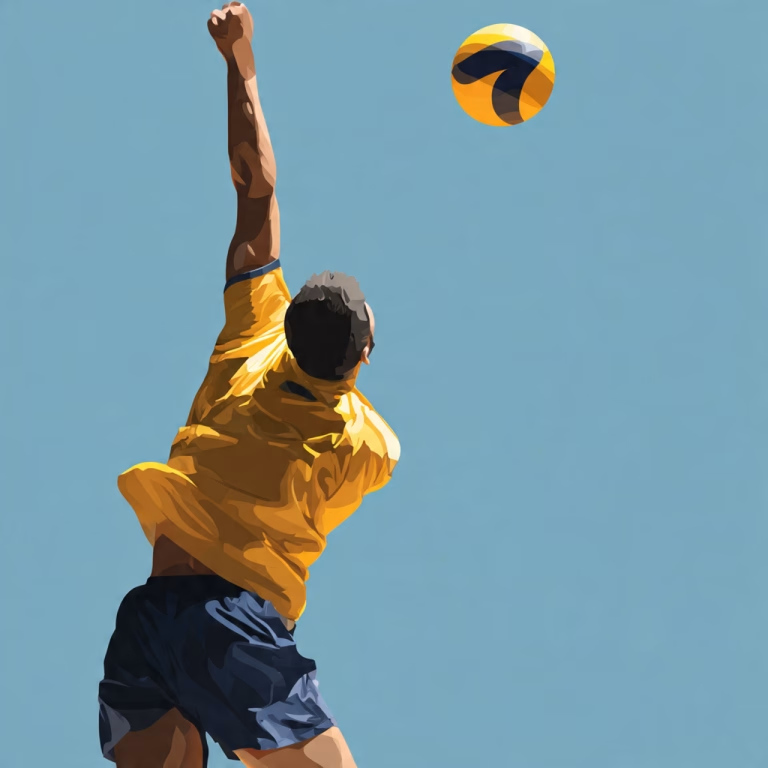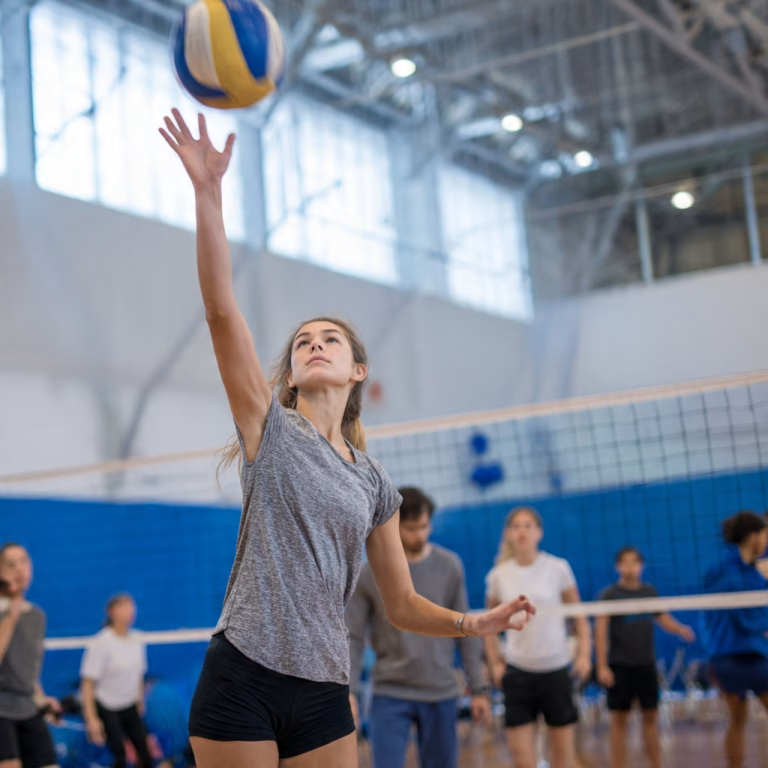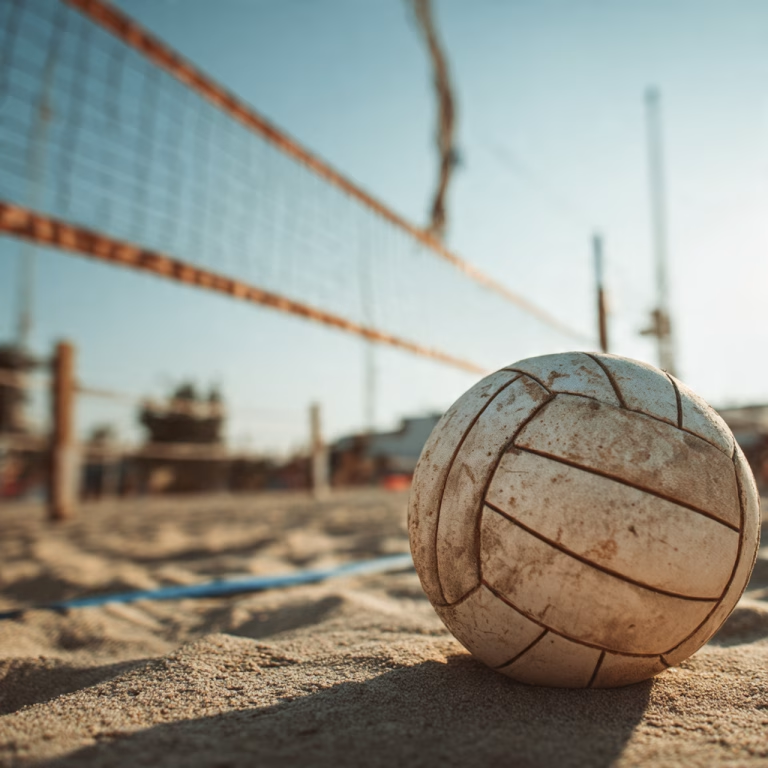Let’s look at the characteristics of a libero in volleyball, their roles, and their qualities. Libero is a defensive specialist position added to the game in 1998, when FIVB made revolutionary changes to the rules of volleyball. The libero was introduced as a new player who performs exclusively defensive functions. Special rules were added to promote more digs and rallies, making the game more exciting.
With the addition of the libero, volleyball players became more specialized, with distinct roles such as central, diagonal, finishers, setters, and libero.
In this article, we will look at the role, qualities, and characteristics of a libero in volleyball.
Responsibilities (Role) of a Libero
- Defense: The libero is key in receiving serves, setting up plays, and rebounding from blocks. They are the backbone of the team’s defense and often boost team morale, like Alexey Verbov, a top libero from Russia.
- Serve Reception: The libero must handle powerful serves, which can exceed speeds of 200 km/h. Their goal is not only to keep the ball in play but to accurately pass it to the setter, enabling any zone attack.
- Quick Reactions: A libero needs fast reflexes, quick movement, and the ability to reach falling balls with both hands. They must handle powerful attacks effectively.
- Game Reading: A good libero anticipates the opponent’s moves and positions themselves correctly on the court to defend against fast passes and strong attacks.
- Passing: Besides defense, the libero can set up attacks if the setter is unavailable. However, they can only make overhead passes for attacks when in the back row.
Related article:
Characteristics of a Libero in Volleyball
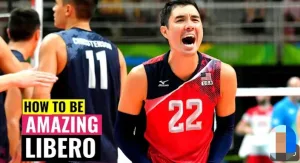
- The libero stays in the game at all times and is not bound by the regular rotation rules.
- Libero typically replaces the middle blocker when they rotate to the back row but never plays in the front row.
- The team must choose the libero before a match or tournament. This player should remain the libero throughout the event.
- Injury Replacement: If injured, any player not on the court can replace the libero but must remain in that role for the rest of the match.
- Multiple Liberos: Some organizations allow two liberos, but only one can be on the court at a time.
- Disqualification: In NCAA women’s play, if the libero is disqualified, the team continues without a libero.
- Serve-Receive: The libero handles much of the passing in serve-receive situations, often covering more court area than other players.
- Defense: The libero focuses on digging, trying to get a hand on every ball to keep the play alive. Libero may also set the ball if the setter is unavailable.
- A good libero should have: excellent passing and digging skills; good ball handling skills; quickness; and consistency.
- Back Row Only: Plays only in the back row and can replace any back-row position.
- Distinct Jersey: wears a different color jersey than the rest of the team.
- No Substitution Count: does not count as a substitution.
- The libero is not allowed to: serve (with some exceptions), Attack the ball above the net. Block, or attempt to block, Set an attacker on the frontcourt.
- NCAA Women’s Volleyball: Since 2004, the libero can serve in one rotation per set.
- USAV and ONE Volleyball: Allow the libero to serve under specific circumstances.
- FIVB and NCAA Men’s Volleyball: Do not allow the libero to serve.
Essential Qualities of a Libero
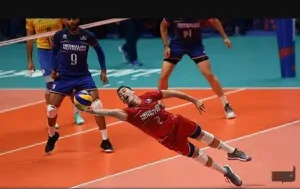
- Confident Serve: A libero should handle serves confidently, helping to relieve pressure on the back line.
- Excellent Reception: Accurate serve reception is crucial, allowing the setter to set up plays from any zone.
- Quick Reactions and Movement: Fast reflexes and movement are essential to reach and control the ball.
- Game Reading Ability: Predicting the opponent’s attacks and positioning correctly is vital.
- Setting Skills: Ability to pass for an attack when needed, especially if the setter is unavailable.
The main quality of a libero is their exceptional defensive skills, particularly in receiving serves and digging attacks. Their primary role is to enhance the team’s defense by handling powerful serves, making precise passes to the setter, and keeping the ball in play during rallies. Key characteristics of a libero include quick reflexes, excellent court awareness, and the ability to read the game effectively. They must also have strong passing abilities, rapid movement, and the capacity to anticipate the opponent’s actions. Additionally, a libero often serves as the emotional leader of the team, maintaining high spirits and calm under pressure. Their unique position requires wearing a different colored jersey and staying in the back row, focusing solely on defensive actions without participating in front-row attacks or blocking.
Read More:
- Discover Volleyball Sayings for Coaches, Fans and Players
- Volleyball Ready Position
- Discover Tips for Setting in Volleyball
- Top 10 Best Volleyball Players of all Time
- Can You Play Volleyball While Pregnant
Conclusion
In conclusion, the libero is the heart of a volleyball team, showing great defense skills and a strong spirit. Their quick reflexes, sharp game sense, and constant dedication keep the ball in play and boost team energy. The libero not only uses good techniques but also inspires and lifts the team’s morale.
If you want to be the team’s backbone, focus on improving your defensive skills, predicting moves, and leading with spirit. I appreciate your libero for their hard work and key role in every game. Keep pushing yourself, and remember that a strong defense is the foundation of a winning team. Let’s support our liberos and aim for success together!

